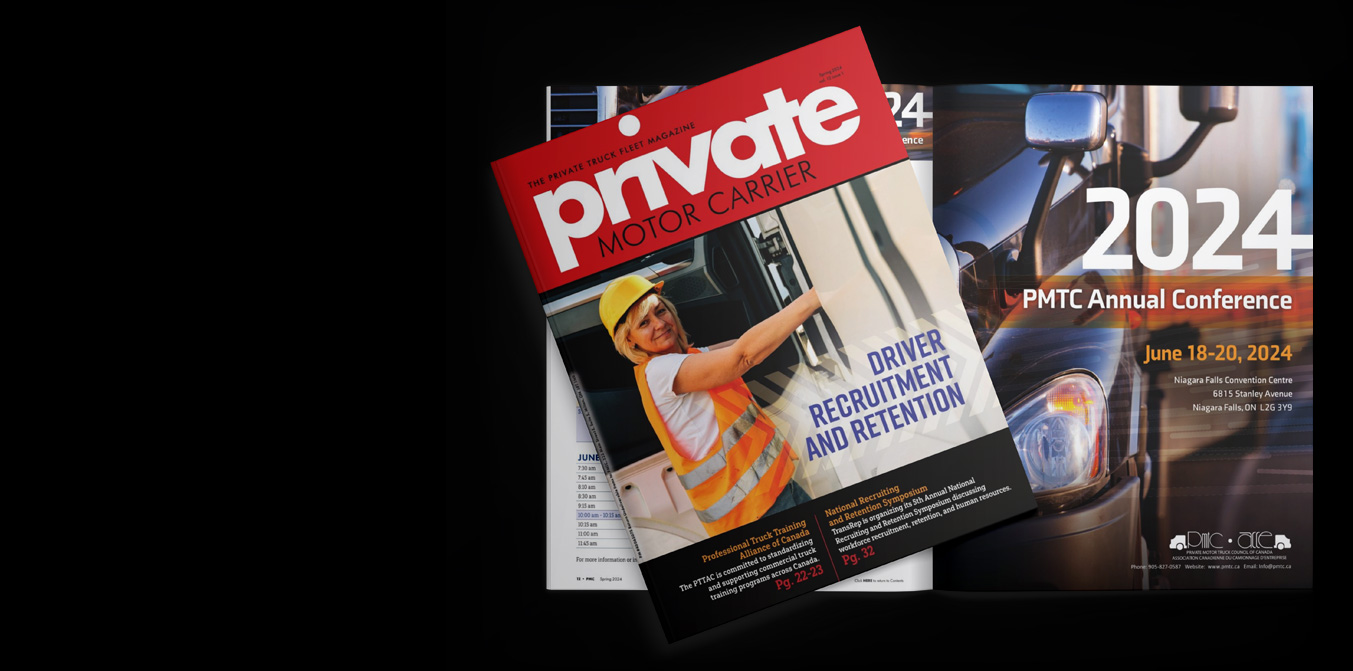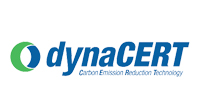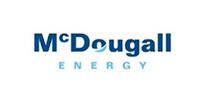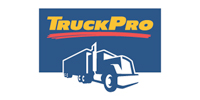Diesel will dominate industry even if prices soar, Petroleum Council says
NASHVILLE, TN -- Don’t expect the smell of diesel to disappear anytime soon.
A recent study by the U.S. National Petroleum Council, Advancing Technology for America’s Transportation Future, suggests that diesel will remain the trucking industry’s dominant fuel source in the coming decades, even in the face of rising costs and the growing popularity of alternatives like natural gas.
More than 300 people and 100 companies participated in the study, which looks out as far as 2050 -- projecting fuel demands, supplies, infrastructure and technology. The final results had to consider economic factors, energy security and the environment, as well as different actions which would stimulate advances in equipment. On top of that, they had to weigh the market conditions needed to slash transportation-generated Greenhouse Gas emissions in half.
Researchers looked at everything from gasoline and diesel to biofuels, electric vehicles, natural gas and hydrogen, and the steps needed to make any of the alternatives commercially viable.
Each energy source has advantages and disadvantages, said Jim McCarthy, Eaton’s engineering manager – advanced drivetrains. But even considering a worst-case scenario of $6 per US gallon (about 3.8 litres), diesel leads the way. "You're getting a good bang for the buck," he said when presenting results to the American Trucking Associations’ Technology and Maintenance Council.
Natural gas is expected to be the most popular alternative fuel, thanks in part to the promise of stable prices as domestic producers tap into pockets of gas trapped in North American shale. The U.S. Department of Energy says that fuel’s price has also “decoupled” from the cost of oil and diesel, meaning the economic advantages can continue to grow.
There are other advantages to natural gas, including lower Greenhouse Gas emissions, said Bill Taylor, managing partner for the consulting company kVa. But some of those are countered by costlier equipment ranging from fuel tanks to engine upgrades.
Of course, equipment costs cannot be considered on their own. Looking out to 2020, a diesel-powered vehicle and three years of fuel would cost $311,000, based on middle-of-the-road projections for oil costs. (That's based on 200,000 km a year and diesel at $3.56 per US gallon.) Its natural gas counterpart would cost $66,835 more.
"Are we going to take on the risks, the complexities and the unknown?" Taylor asked. "Are we going to do that in order to get that relatively modest gain?" But considering high oil prices and diesel costs of $5.60 per US gallon in 2025, the diesel equipment would cost $380,000. The natural gas option would cost $31,000 more.
"Adoption of natural gas is highly dependent on the future price of oil," Taylor said. "If oil stays low, the economics go by the wayside." Diesel engines simply cost less, are based on well-proven technology, and are optimized to run on the fuel.
But diesel equipment will have to be enhanced in the face of rising prices and demands to lower Greenhouse Gases. It is why several industry consortiums are looking to demonstrate “super trucks” capable of delivering up to 10 mpg (23.5 litres/100 km) as early as 2016.
There is certainly room to improve. Today’s diesel engines waste about 60% of a fuel’s available energy.
“Diesel trucks and engines are always evolving,” McCarthy said, referring to gains made through improvements like low-friction bearings and advanced transmissions. Other improvements can be realized using hybrids, optimized drivelines, systems to recover waste heat, wide-based tires and advanced fuel systems.
“You can’t just pick one technology,” he said. “It’s going to take bits and pieces of these technologies to get there.”
The question is which of the 40 studied technologies will make the most sense. "How much does it cost to add new technology to a vehicle, and what's the bang for the buck?" McCarthy asked.
In the near term, fuel economy gains of 7-10% can be realized through changes like tire choices, variable valve actuation, improved Exhaust Gas Recirculation (EGR) systems and electrification. And most of those options are "relatively cheap,” he observed. Changes like idle-reducing auxiliary power units, updated transmissions and drivelines can bring the trucks into the range of 8 mpg (29.5 litres/100 km).
Long-term solutions could mean recovering lost energy, using more Long Combination Vehicles, and incorporating hybrids. Those will cost “a lot” of additional investment.
There are also practical considerations to consider. "In a laboratory, we can talk about all sorts of things," Taylor said, referring to options like hydrogen fuels and electric vehicles. "Are these technologies going to be ready for prime time and ready for use in large volumes?" At this point, they tend to lack the energy density of diesel, making it difficult to store enough “fuel” on a truck.
“Battery and fuel cell technologies still lag heavy-duty requirements,” he said, referring to a key limitation. But they will likely have a role to play in light-duty vehicles. Selected medium-duty deliver trucks may also be strong candidates for hybrid designs because of a combination of environmental benefits and economics alike. Meanwhile, light urban delivery trucks are targets for full electrification if they run a set number of miles per day.
Don’t forget gasoline, either. That fuel is expected to play a growing role in medium-duty vehicles, largely because of the cost of diesel-emission mandates. "We don't predict an overwhelming flood," Taylor says, "but substantial growth."
In the face of the worst projections for diesel prices, biofuels will feed about 15% of these engines. While it can be blended with hydrocarbons like gasoline and diesel, however, there are limits to the crops used to make fuel.
Perhaps the most unusual fuel considered by the researchers came in the form of coal. Coal to Liquid options can transform that fuel into a synthetic diesel. But while the coal itself is available at a low cost, the systems to turn it into a vehicle fuel are expensive. At best, the related equipment would only make financial sense if oil reached $130 per barrel. High capital costs could require oil to be as pricy as $240. "Capital requirements are the major challenge to further [Coal-to-Liquid] investments," Taylor said.
For a complete copy of the study, visit www.npc.org.
























































